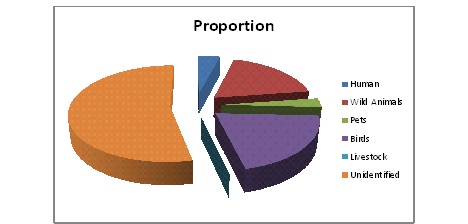|
The New Castle beach is a real jewel among the town’s assets. Everyone associated with it, from town residents and non-resident visitors to town officials to NH State agencies such as the Department of Environmental Services (DES) wants the beach to be as clean and as healthy and as beautiful as it can be.
The DES has been sampling water quality on the beach for several years. The 2009 report is now available. Throughout the summer months, water quality testing was done at four test sites (“stations”) along the beach, as shown in the table below.
Station |
Station Description |
Left |
The sample is collected in front of the wood clapboard house near the north end of the beach. |
Center |
The sample is collected out from a point half way between the gulley and brown house with a chimney and sunroom. |
Right |
The sample is collected in front of the first pine tree upon entering beach area from the parking lot. |
Pipe |
The station is just across a berm north of the New Castle Town Beach. The station is accessible from the beach or from Ocean Drive off Route 1B. During high tide the pipe is covered. |
The report shows an aerial view of the beach with each station identified.
The DES records a violation when Enterococci samples exceed the state standard for Enterococci bacteria, which is 104 counts per 100ml of water. According to the state,
"When either two or more samples taken at a beach exceed the standard or when one sample exceeds 174 counts/100 ml., a beach advisory is issued and posted on the beach website, beach managers are notified, and signs are placed at the entrances to the beach to warn the public of the potential health threat posed by water contact at the beach."
In the summer of 2009, the state made 27 routine inspections and three safety inspections, plus three more inspections in September after the swim season. In all, 105 samples were collected from the beach and 18 samples from the Pipe station. During the season, six samples where above state standards, leading to two beach advisories being issued by DES. In both cases the bacteria counts had returned to safer levels within two days.
While there were only two days when the beach samples exceeded the state standard, the situation at the pipe was much worse. On ten of the eighteen days when samples were collected at the pipe, the result was over the state standard, often way over. Even when the pipe sample was within the state standard, it was much higher than the counts at the beach itself.
This is a very complex issue with many variables and many unknowns. One piece of evidence is the Jones report, Microbial Pollution Source Tracking at New Castle Beach, submitted to the DES by Dr. Stephen H. Jones in 2007. This study used a microbial source tracking technique called ribotyping to identify the specific bacterial sources, for example humans, pets (dogs), wild animals (coyote, deer, rabbit, raccoon), birds (duck, goose, seagull), and livestock.
Jones was able to identify 48% of his specimens, , fitting them into the listed categories. The largest source of fecal material was seagulls. The table and chart below show source species types for E. coli from New Castle Beach.
Type |
Proportion |
Human |
4% |
Wild Animals |
18% |
Pets |
3% |
Birds |
20% |
Livestock |
0% |
Unidentified |
52% |

While there are questions about the methodology, the salient fact is that the contribution of dogs to the pollution is very small (3%). In fact Jones writes
"Human, livestock and pet source isolates were only detected at low levels, except
for the unidentified livestock isolates at NWCRT, and appear to have been insignificant
sources of contamination at the beach on the sample dates. Birds and wild animals were the most significant source types at all sites. This profile of birds and wild animals being the most significant types of source species is relatively unique compared to most other MST studies conducted in the New Hampshire Seacoast area. A more common profile of wild animals and humans as the most prevalent source species and pets, birds and domestic animals being of lower significance has been observed in other coastal MST studies (Jones and Landry 2003 & 2004, Jones et al. 2004b). These results suggest that typical management actions that could be taken to reduce manageable sources (pets, humans, and livestock) will not have much effect on the pollution sources at this site." (Our emphasis)
The DES is eager to undertake studies to further identify the sources of pollution. One candidate is effluent from the Portsmouth sewer treatment that is dumped into the Piscataqua River and finds it way, through eddy currents, onto the New Castle beach.
The New Castle beach is generally healthy and meets state water quality standards for primary contact recreation. There are some sources of pollution, but dog waste is far from a leading cause, so far that reducing dog presence on the beach will not have a measurable effect on DES sample readings.
|
